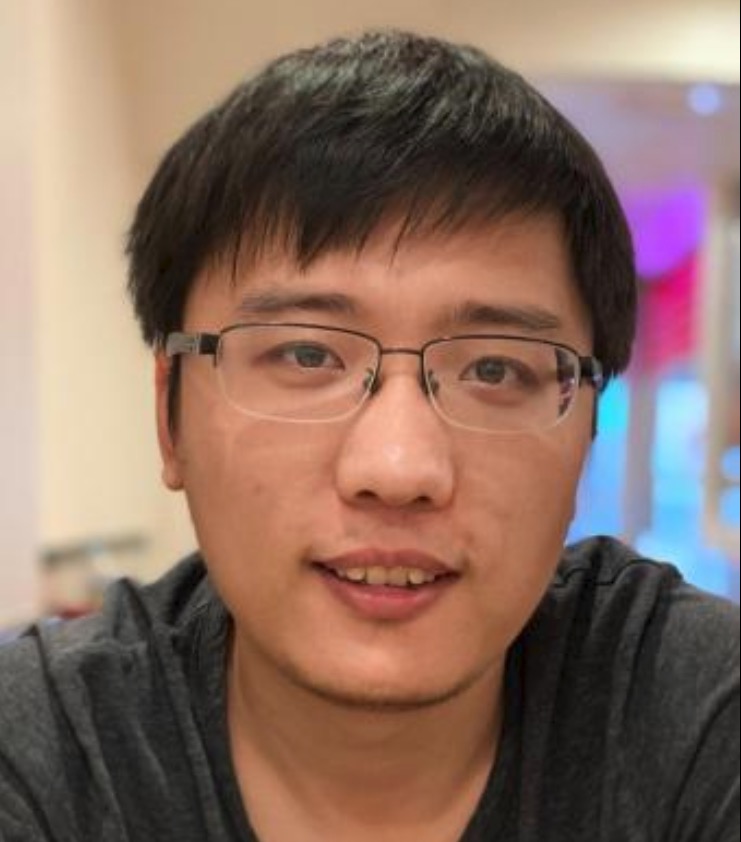题目:Fast Image Denoising and Alignment Via Steerable Transforms
时间:2025年8月14日 14:00-15:00
地点:JINNIAN金年会 F310会议室
邀请人:刘思羽 副教授
Biography

Dr. Yunpeng Shi is an assistant professor in the Department of Mathematics at the University of California, Davis, where he has been since the fall of 2023. Prior to joining UC Davis, he was a postdoctoral research associate in the Program in Applied and Computational Mathematics at Princeton University, working under the supervision of Professor Amit Singer from 2020 to 2023. He earned her Ph.D. in Mathematics from the University of Minnesota, where he was supervised by Professor Gilad Lerman.
Dr. Shi’s research lies at the intersection of mathematics, computation, and data science. His work spans 3D computer vision and image processing, cryo-electron microscopy imaging for protein molecules, robust estimation and outlier detection, scalable computational methods, nonlinear dimension reduction and manifold learning, and optimal transport.
Abstract
In this talk, Dr. Shi explore two classical image processing tasks motivated by cryo-electron microscopy imaging: tomographic image denoising and rigid image registration. Both tasks inherently involve operations of 2D rotations, where leveraging specific transforms can significantly enhance the speed and robustness of the algorithms.
In the first part of the talk, Dr. Shi will introduce an unsupervised image denoiser based on estimating the covariance matrix of clean images. A key insight is that if the image manifold is invariant under global in-plane rotations, this symmetry can be exploited to accelerate computations and reduce dimensionality. Dr. Shi will discuss recent advances in fast expansion into steerable bases that allow us to efficiently utilize this rotational symmetry, leading to a thousandfold improvement in the speed of covariance estimation over existing methods. This technique has been successfully applied to joint deconvolution and denoising of large-scale, real-world cryo-EM images.
In the second part, Dr. Shi will present a fast algorithm for aligning images using optimal transport. Our method leverages the sliced Wasserstein distance by computing the 1D Wasserstein distance between radial line projections of input images. By applying a special transform to the frequency domain, Dr. Shi achieve efficient alignment of two L by L images in O(L^2 log L) operations -- matching the complexity of alignment using Euclidean distance. I will demonstrate the robustness of our method to translations and deformations.
Finally, Dr. Shi will comment on the practical limitations of both methods and discuss open questions that remain, highlighting areas for future exploration.

